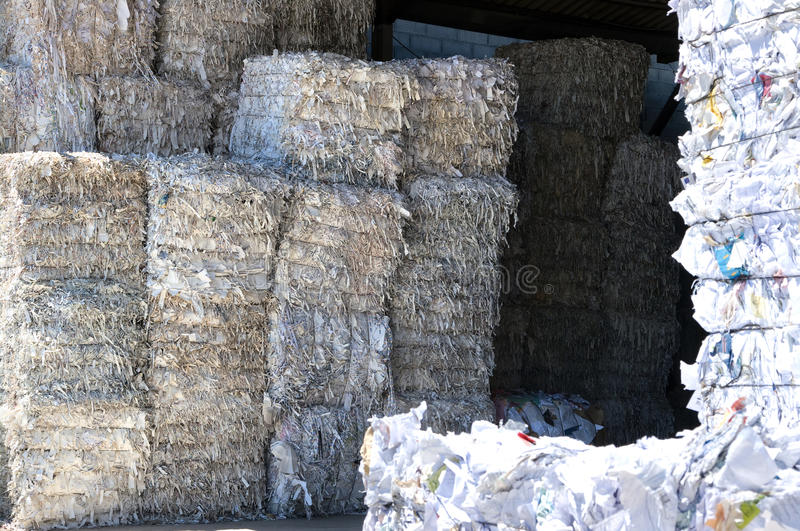WASTE PAPER RECYCLING SERVICES

Waste Paper Recycling
Recovering office waste paper for use in making new products is the core of creating a green office. The US is the largest recycler of paper. Furthermore, the United States uses more paper than any other country.
Not only is office paper and file folders recyclable. You can also recycle glossy paper, post-it notes, and catalogs.
Nevertheless, the ability to supply quality waste paper fibers to the commodities markets is an essential part of the recycling process. This is an integral part of waste reduction.
FIVCO has long-established relationships with local & global paper and fiber purchasers. By leveraging our experience, versatility, and size to secure niche markets.
Compared to smaller brokers and recyclers, FIVCO, INC stores, processes, and transports high volumes of paper.
Fivco’s competitive pricing for grocery chains and retail stores is a value you cannot pass up. Secondly, this offer extends to assembly operations. Thus, the result will increase the value of recovery from your waste stream. Meanwhile assuring transparent, detailed reports with timely rebate payments.
POPULAR QUESTIONS
It is the process by which waste paper is turned into new paper products. It saves waste paper from occupying space and producing methane as it breaks down.
Two basic collection methods for paper recovery are common:
- Single Stream Collection: Single-stream collection programs are for putting all recyclable materials (e.g., paper, bottles, cans, etc.) into one collection container.
In the case of paper, all grades are mixed. The materials are then collected and separated. This usually takes place at a central point such as a materials recovery facility (MRF).
- Sorted Stream Collection: Sorted-stream collection requires that you place each recyclable material in the appropriate collection bin when they first discard the item.
Recovered paper is collected separately by grade (e.g., white office paper, newspapers, magazines, and corrugated cardboard boxes). More commonly mixed paper is collected separately from other recyclable materials.
Mixed paper is a broad category that often includes items such as discarded mail, telephone books, paperboard, magazines, and catalogs. Mills use mixed paper to produce paperboard and tissue. If you can rip it, you can recycle it.
